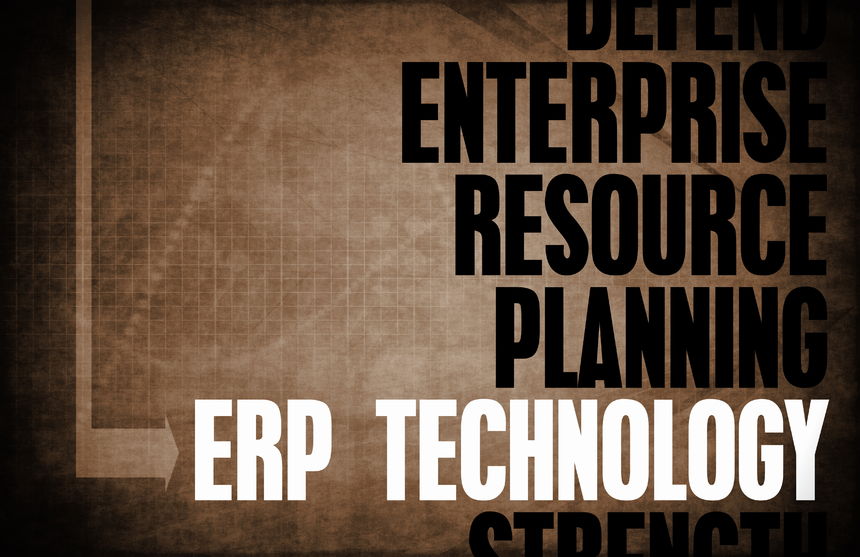How Much Control Does Amazon Have on Your Sales Tax Nexus?
Beginning April 1, 2017, Amazon is charging sales tax for deliveries in all 45 states that collect this tax. What does Amazon's decision mean for your company, both in the short and long term? The taxation erxperts at Avalara have summed up the implications for the owners of small and mid-sized businesses.
The ripple-effects of Amazon's decision can be organized into three categories: impact on other ecommerce sellers, on Amazon’s third-party sellers, and on state tax policies.
For other ecommerce platforms, Amazon's decisions have little direct effect. While the de facto leader in online shopping has a lot of sway in many areas, requirements for sales tax is regulated by state legislators. And other prominent ecommerce sites, such as eBay, continue to enforce sales tax only where they clearly have nexus.
For third-party sellers that partner with Amazon, the answer is slightly more complex. Amazon's decision doesn't directly control these sellers' obligations; however, working with Amazon's warehouses and fulfillment centers creates nexus. For example, a company in California might not have a presence in Kansas, but if their property is stored in an Amazon center in Kansas, that company has nexus in Kansas. Another angle of impact here is on smaller sellers who have transactions so small that it isn't worth the state's effort to trace and enforce sales tax issues. But collectively these small sellers number more than 100,000 and account for at least that many dollars/year. Amazon's decisions might make it easier for state governments to hold these small businesses accountable for sales tax obligations.
For state legislators, the Amazon decision again has very little direct impact. But this shift might renew their interest in pursuing increased funds for their coffers. Several states have already created laws to expand nexus obligations to include affiliations (i.e., out-of-state sales tax responsibility when they have a relationship with an in-state counterpart), click-thru connections (i.e., tax responsibility due to referrals from in-state businesses), and economic levels (i.e., responsibility simply for doing a certain amount of business within that state). Other states may follow these approaches.
The common theme here is apparent: Amazon's decision doesn't directly control any other organization. However, the current details of various state legislation may already be applicable to your company.
To avoid costly audits, it's vital for a business to carefully monitor taxation policies and obligations. Unfortunately, these requirements fluctuate often, yet never generate resources for you to invest in tracking the changes. This makes it important to consider out-sourcing sales tax tracking. Avalara offers several options to help businesses with this chore.
To further ease the burden, aACE 5 is designed to integrate with AvaTax, linking sales tax details to your entire accounting, CRM, and ERP suite. Our cross-platform business software is built on FileMaker, making it mobile and highly customizable. For more information on how the aACE team can help your small or medium-sized business, explore our web site: aacesoft.com.
"Having dealt with numerous software companies over the years, I was used to bad customer service and just thought that was the norm. The folks at aACE Software turned that idea on its head, as they are responsive and thorough and have made sure everything they do is done right." — Cory Elliot, Founder and President, Troy Filters Ltd.










